What to Do When Mac Mouse Disappears: How to Find & Fix
What do you do if your cursor disappears on your Mac or MacBook? Here's how to get your mouse pointer back.


My mouse disappeared! If your Mac has a disappearing cursor, we have the fix. Here are 12 ways to get your mouse pointer back.
Related: How to Cut, Copy & Paste Using Mac Keyboard Shortcuts
Why is your Mac cursor disappearing, and how do you get your cursor back on your MacBook? There are lots of reasons why a Mac mouse disappears, so here's our troubleshooting guide that will get your mouse pointer back. For more great Mac mouse tutorials, check out our free Tip of the Day.
- Charge Your Mouse
- Right-Click on Mac
- Realign Mac Monitors
- Update macOS & Apps
- Check Your Mac RAM
- Restart Your Mac
- Reconnect Your Mouse
- Shake Your Mouse & Enlarge Cursor
- Lower Mac Cursor Speed
- Delete 3rd-Party Mouse Enhancement Software
- Delete PLIST Files
- Reset NVRAM on Your Mac
Charge Your Mouse
If your Mac mouse is not working, the first thing I'd check is whether or not your mouse is charged. When your wireless mouse charge gets low, your cursor can behave erratically, and of course, your cursor disappears when the battery dies. To prevent this from happening:
- Click the Apple menu on your Mac, then click System Preferences.

- Click Bluetooth.

- Find your wireless mouse and look at the battery icon to see the charge level.
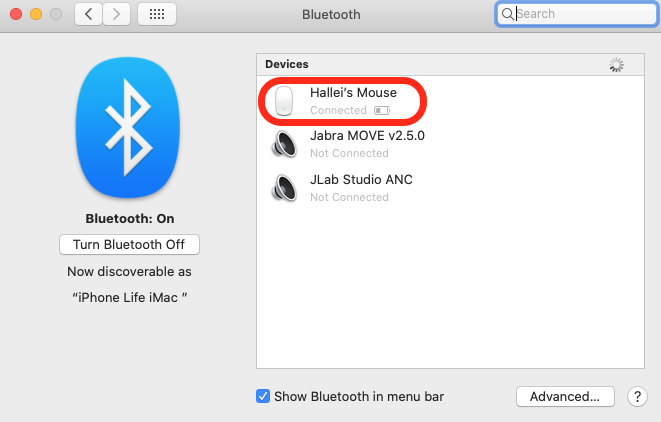
If the battery is half-charged or less, I'd recommend charging your mouse the next time you get the chance. After you've recharged your mouse, turn it back on, then left-click one time to get the mouse working again.
Right-Click on Mac
If your mouse cursor disappears on your Mac, here's a really quick way to find it:
- Hold down the command key and left-click on your mouse.

- Now, right-click on your mouse, and your cursor should appear.
Realign Mac Monitors
If you have more than one monitor, it can be easy for your cursor to disappear. Make sure you've aligned your monitors properly:
- Click the Apple menu on your Mac, click System Preferences, then click Displays.

- Drag the display icons so that they're side-by-side.
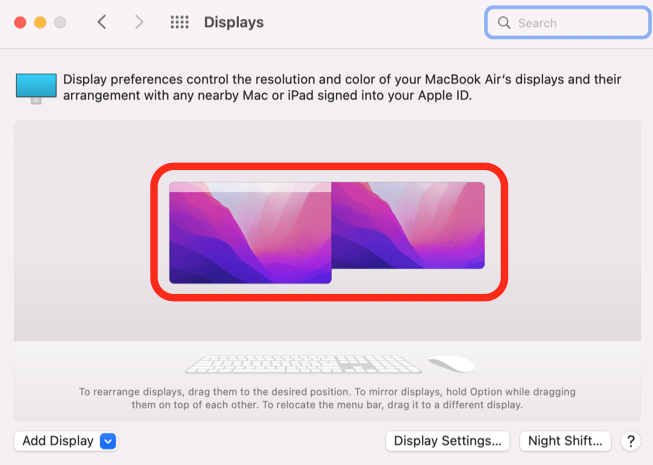
- While you're here, you can hold Option and drag the Mac icons on top of each other if you want to screen mirror or drag and drop the menu bar to your second display.
Update macOS & Apps
Mac updates are important for a number of reasons; one of the main ones is to stay on top of bug fixes. This keeps your Mac and its programs running smoothly. Here's how to update your MacBook and Mac computers.
If your mouse is glitching or the cursor is disappearing while you're using certain apps on your Mac, it's a great idea to update your apps as well. To update your apps on a MacBook or Mac:
- Open the App Store.
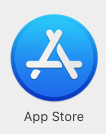
- If you see a number next to the Updates tab, click the tab.
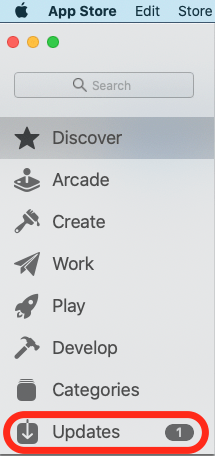
- If you have one update, click Update next to the app name. If you have more than one, click Update All.

Check Your Mac RAM
If your Mac mouse is lagging or has disappeared, check your RAM usage on Mac. Once you've done this, you can also do things like declutter your desktop, quit inactive apps, and close unnecessary browser tabs.
Restart Your Mac
Restarting your Mac is an easy way to fix small glitches and might get your mouse cursor back. Of course, if you can't find your cursor to shut down your Mac, you can use the keyboard instead:
- Hold down the command and control keys, as well as the power button on your Mac (on a MacBook, this will be the same as your Touch ID button if you have one).
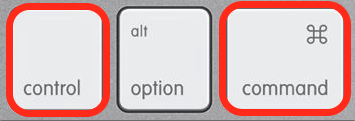
- Keep holding them until the screen goes black, and then release.
Your machine should restart as normal, giving you a fresh chance to do the work you were trying to do.
Reconnect Your Mouse
This is another one of those easy steps that can fix glitches and that annoying disappearing Mac cursor. To reconnect your mouse:
- Click the Apple menu, click System Preferences, then click Bluetooth.
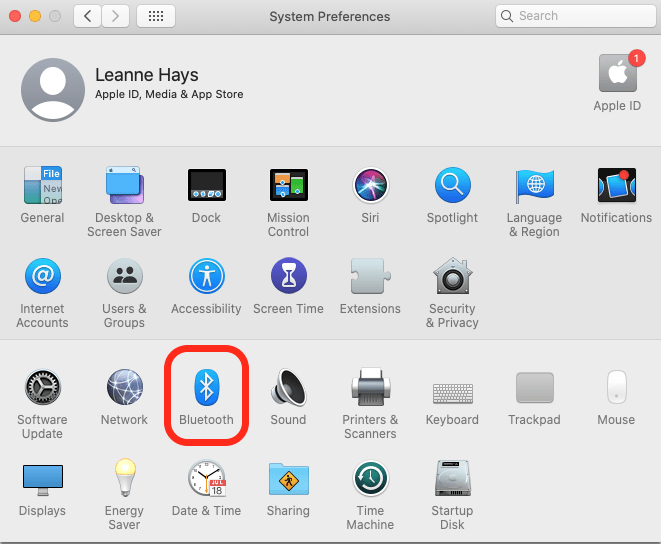
- Hover the cursor over your mouse on the list, then click the X.
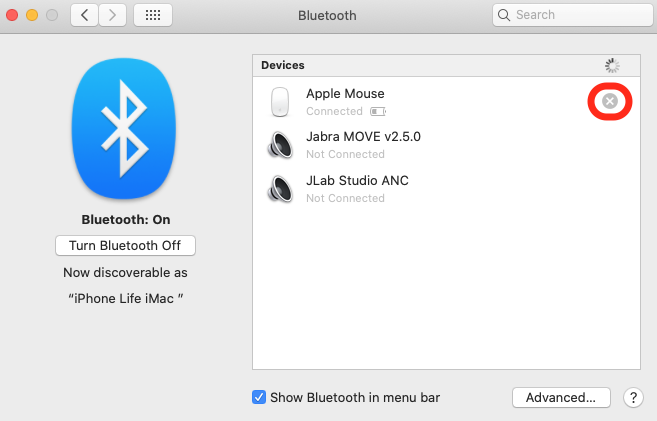
- Click Remove Mouse to disconnect your Bluetooth mouse.

- Now, connect your mouse to your Mac again.
Shake Your Mouse & Enlarge Cursor
Sometimes, the cursor hasn't disappeared; it's just hiding. To find your Mac or MacBook mouse cursor, move the mouse, or your finger across the trackpad, quickly from side to side. This Shake mouse pointer to locate feature temporarily enlarges the cursor to make it easier to find. You can also change the cursor on a Mac to make it permanently larger and easier to find. If Shake mouse pointer to locate isn't enabled, you can turn on the feature like this:
- Click the Apple menu, click System Preferences, then click Accessibility.
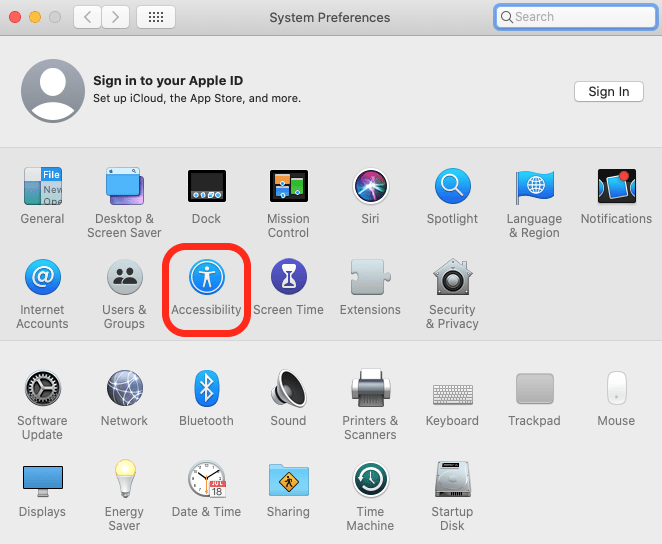
- Click Display, then Cursor, then click the box next to Shake mouse pointer to locate.

- Drag the slider to the right to make your Mac cursor larger permanently.

Lower Mac Cursor Speed
If the tracking speed on your mouse is too fast, the cursor may shoot across the screen more quickly than you can track it, making it difficult to find. To lower the cursor speed on a Mac:
- Click the Apple menu, then click System Preferences, then click Mouse or Trackpad, depending on whether or not you're using a mouse.
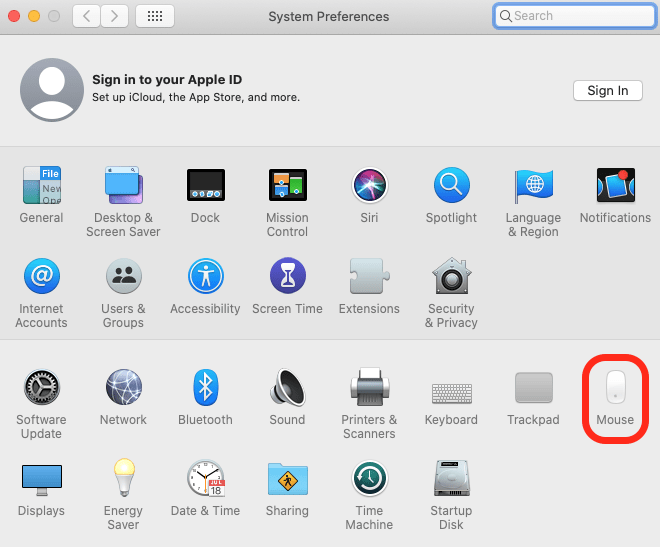
- Click Point & Click, then drag the slider to the left to reduce tracking speed.
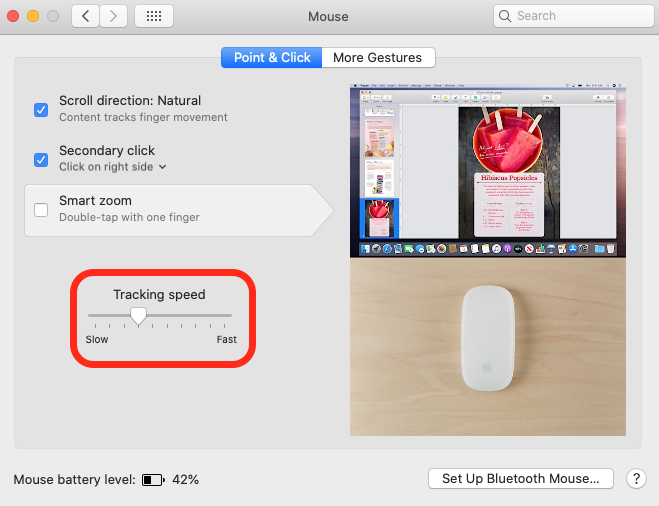
Delete 3rd-Party Mouse Enhancement Software
Third-party mouse enhancement software may be responsible for your Mac cursor disappearing. If you've tried the troubleshooting steps above with no results, it may be time to delete the app. To do this:
- Open the Finder, click and hold the application.

- Drag the application into the Trash.

Delete PLIST Files
If your Mac's mouse configuration is corrupted, deleting the PLIST files associated with the mouse may help. Keep in mind that taking this step will reset any custom mouse settings you've set up. To delete PLIST files:
- Open the Finder and click Go, then Go to Folder on the menu bar.
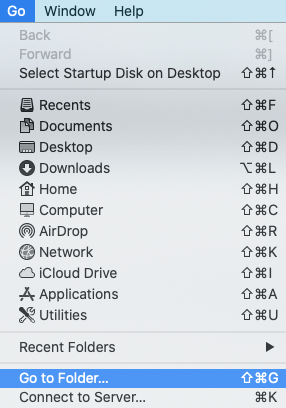
- Type ~/Library/Preferences in the Go to Folder field, then click Go.

- Drag this list of files to the Trash.
- com.apple.AppleMultitouchMouse.plist
- com.apple.driver.AppleBluetoothMultitouch.mouse.plist
- com.apple.driver.AppleHIDMouse.plist
- com.apple.AppleMultitouchTrackpad.plist
- com.apple.preference.trackpad.plist
Reset NVRAM on Your Mac
For Macs running on Intel, rather than Apple's new silicon chips, resetting non-volatile random-access memory or NVRAM can help fix your Mac mouse problems if nothing else has worked. Here's how to do an NVRAM reset on Intel Macs:
- Turn off your MacBook or Mac.
- Press the Power button, then quickly hold Command, Option, P, and R.
- Hold these keys until you hear the Mac startup sound again.
- Hold these keys until the Apple logo appears and disappears if you have a Mac with the T2 security chip.

Leanne Hays
Leanne Hays has over a dozen years of experience writing for online publications. As a Feature Writer for iPhone Life, she has authored hundreds of how-to, Apple news, and gear review articles, as well as a comprehensive Photos App guide. Leanne holds degrees in education and science and loves troubleshooting and repair. This combination makes her a perfect fit as manager of our Ask an Expert service, which helps iPhone Life Insiders with Apple hardware and software issues.
In off-work hours, Leanne is a mother of two, homesteader, audiobook fanatic, musician, and learning enthusiast.
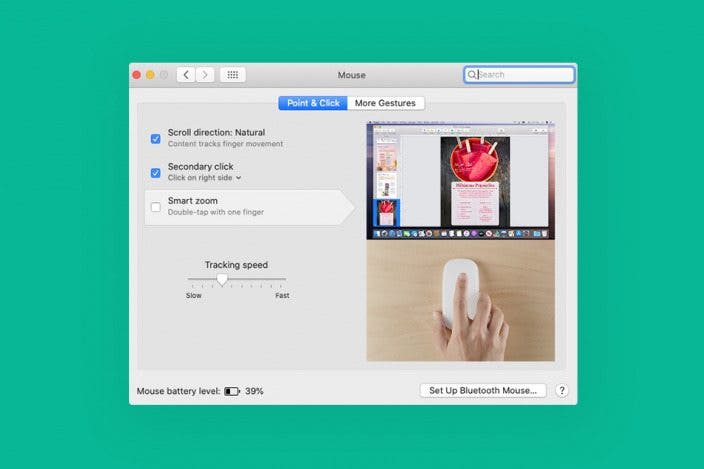

 Rhett Intriago
Rhett Intriago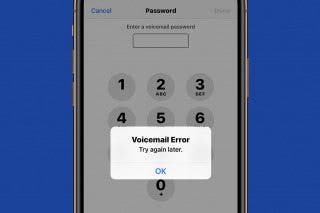
 Leanne Hays
Leanne Hays
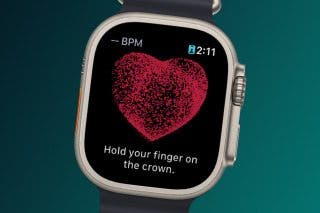

 Amy Spitzfaden Both
Amy Spitzfaden Both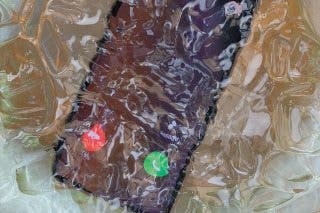
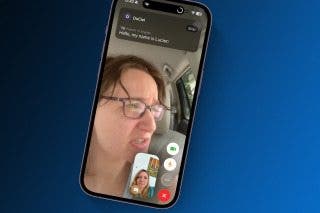



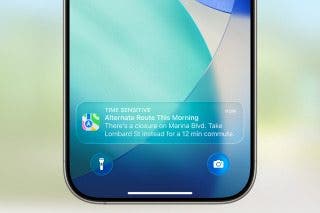
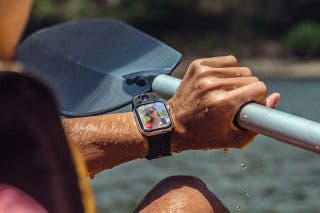
 Olena Kagui
Olena Kagui
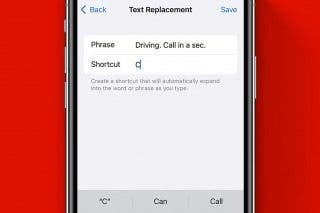

 Rachel Needell
Rachel Needell